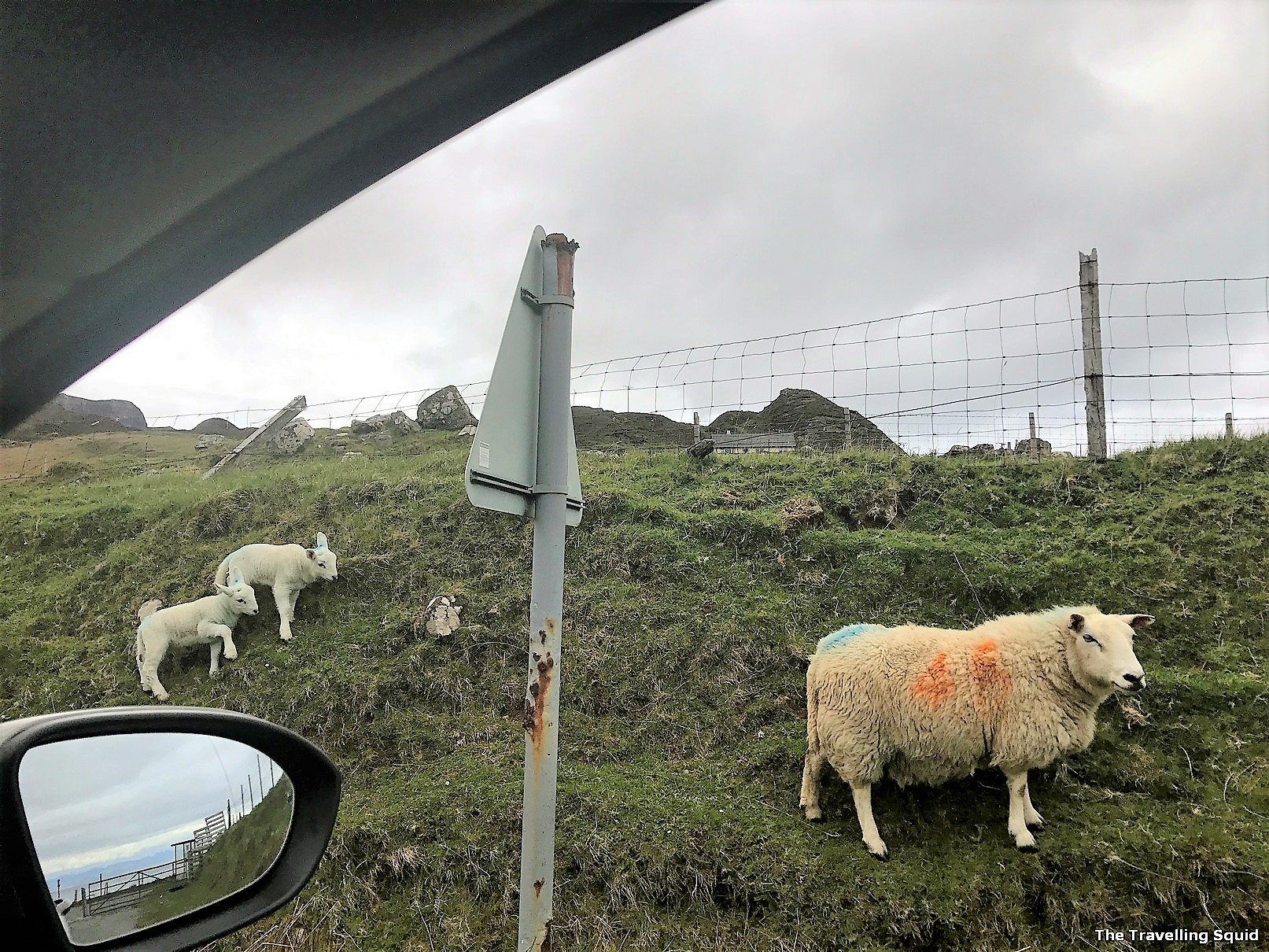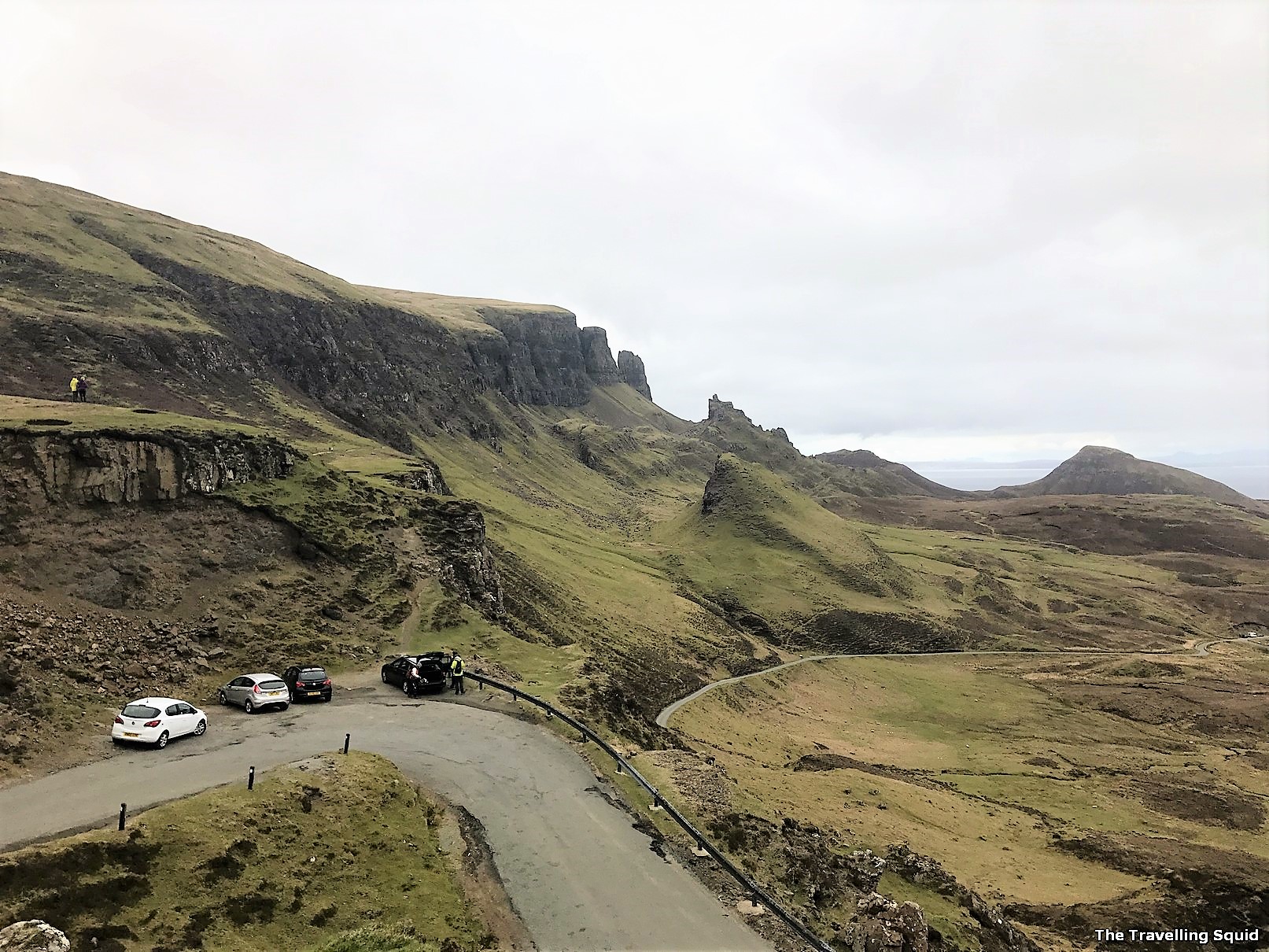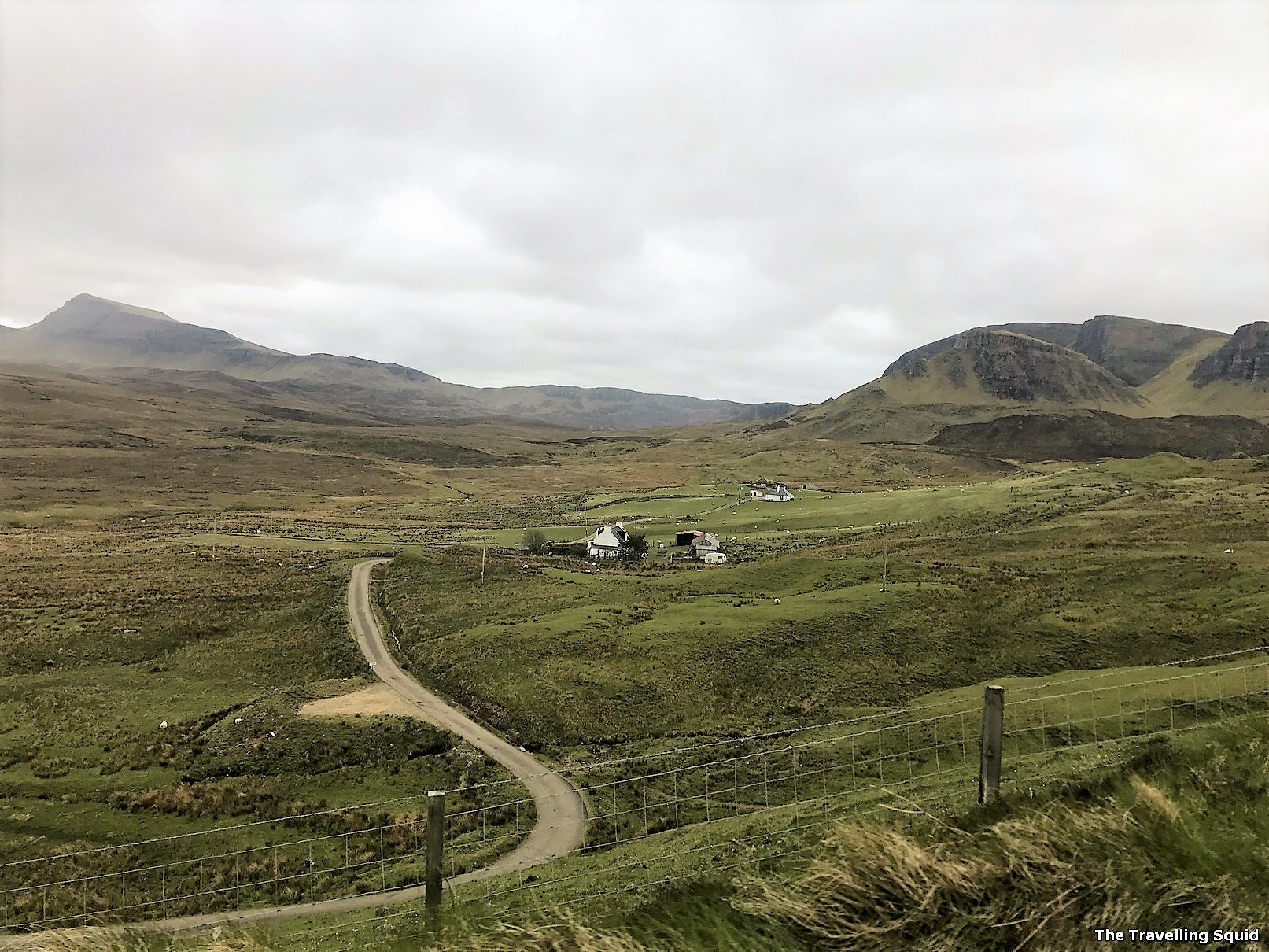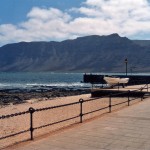Five tips for driving and renting a car overseas

Driving overseas can make travelling much more convenient, especially if frequent public transport connections between your destinations are few and far between. Scotland is a great example of how renting a car can be useful to get from one destination to another. Our recent road trip was in Scotland. From Edinburgh, we travelled to Stirling, Oban, Glencoe, Isle of Skye, (stopped by Loch Ness along the way) and dropped the car off at Inverness, before taking a flight back to London. It was very convenient and might have taken us much longer if we had travelled by bus or train. Here are five tips for driving and renting a car overseas.
1. Find out the requirements for driving in the country of your choice
This step is very important as some countries have very strict car rental rules. For example, car rental companies in Japan require you to show a copy of the International Driving Permit (IDP). Do note that car rental companies only accept the original copy of the IDP, which can be a bummer if you forget to bring the physical copy with you. It might be akin to the repeat of the experience we had with our Japan Rail Pass. In Singapore, you can apply for the IDP from the Automobile Association of Singapore – online and walk-in applications are available. If you walk in, the application will be ready in an hour – which is great if you’re rushing for time.
2. Opt for car insurance when you can
I cannot emphasise how important this step is. I have heard too many stories of friends facing accidents (of various types) overseas while renting a car. One friend was driving in Iceland and because of snow on the road, the car skidded and could not start. The group had to call in a tow truck, and it took 1- 2 hours to arrive because they were in a remote part Iceland and it was snowing heavily. Another incident involved a break-in while driving in the south of France. Someone broke the car window and took items from a bag which was left in the car. It was most unfortunate as the nearest police station was 1-2 hours away.
3. Avoid speeding on the roads, and drive in accordance to local regulation

I’ve heard of friends who have had to bear hefty fines while driving in Australia. These traffic offences largely pertain to speeding and parking in areas where parking is not allowed. Each speeding fine amounted to about AUD100-200, while the parking fine was about AUD100. If you’re not sure what the local regulation is, do read up before driving. Also find out what are the driving customs of the area. For instance, the country roads in the Scottish Highland had many passing places, for slower (and considerate) drivers to stop to allow other vehicles to overtake. Parking at these passing places is not allowed. We were in Quiraing in Scotland and several tour buses had parked by the side of these passing places to allow tourists to take photos. Doing so made it extremely dangerous for cars driving up the narrow slope on the hill.
4. If you’re not confident, don’t drive

Driving on different sides of the road can be disorienting, especially if you’re not used it. If you’re not confident, don’t drive. I’d also like to add that driving up narrow, winding, country roads requires a difference in judgement as compared to driving in cities, so go slow.
5. Do some research online for car rental deals
Last but not least, when choosing a car rental company, do some research before settling for one. Easyrentcars is an aggregator which allows you to view the prices of car rentals at the pick up and drop-off location of your choice. Most car rental companies do allow you to return the car at a different location from the pick-up point, but charge a premium for that option. You’d probably have to assess if it’s worth the convenience.
In Scotland, all we did was to drop the rental car at the airport parking lot at Inverness and pop the car key in a letterbox at the airport. It the most hands-free return policy ever. We called up the car company a few days later to verify if the car had been returned successfully and no further charges was made to us. That was by far the most convenient return method, though slightly unnerving because there was no one to give us the all-clear upon return of the car. A note of caution – some car companies do advertise low prices, but they could be cheap because the car rental company is located a good 10 – 15 minute drive away from the airport, rather than being located within walking distance of the airport. So do your research!
The Travelling Squid’s Take

Driving overseas has its pros and cons. If you have limited days to travel and want to cover places such as the US, New Zealand and Scotland quickly, driving is a good option. But my view is that you’ve got to be confident in order to drive, because safety should be the foremost priority. It also helps if you’re with someone. Sometimes, it’s nice to have someone helping with navigation. And other times, it’s just for moral support and a bit of carpool karaoke.
Hope you find the five tips for driving and renting a car overseas useful. Feel free to add on if you have other tips or personal experiences to share!





